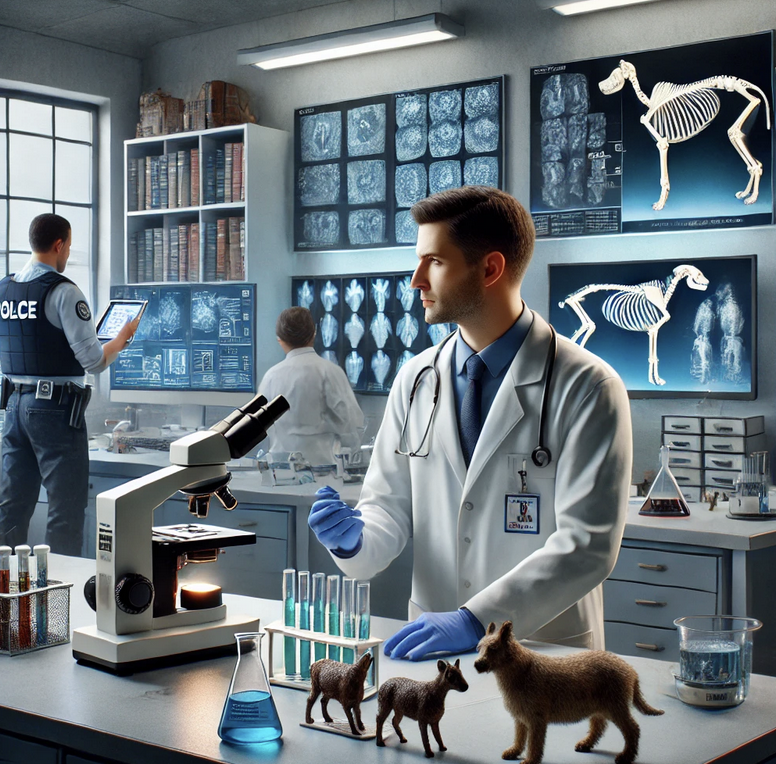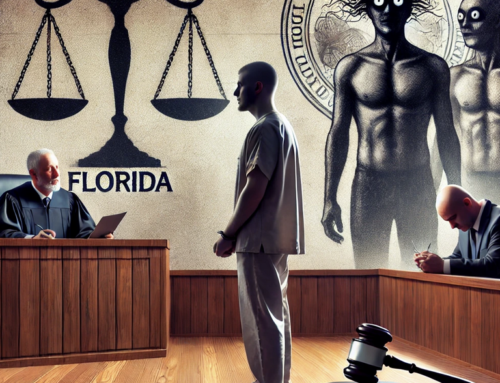What do an abused beagle and a battered wife have in common? Why would it be useful to have samples of confiscated black rhino horn and illegal ivory carvings? When is the death of a bald eagle a crime, and when is it a natural event? These questions and more can be answered by
veterinary pathologists who act as forensic experts.
Veterinary Forensics
Dr. Melinda Merck, D.V.M., explains, “Vets are natural detectives. We have to figure it out … every time a patient comes in.” She began her interest in forensic veterinary pathology early in her career after treating a kitten the owners claimed had been damaged under a sink. The injuries were consistent with beating. In a later case, when a woman brought in her dog who had been stabbed by her boyfriend, a little investigation turned up clues that the boyfriend was also abusing the woman.
But veterinary pathology doesn’t stop there. They are called upon to determine whether the death of an endangered animal was caused by a human or whether it was injured or killed accidentally. A recent article about veterinary pathology begins with the examination of a bald eagle. The suggested diagnosis was electrocution, but the examining vet soon rules that out. “Not consistent with electrical damage,” was the verdict – and the detective hunt was on.
The Scope of the Job
A veterinary pathologist might be called upon to determine the origin of a rhino cup since rhinoceroses are endangered. Or he or she might be asked to identify the wood in a guitar back since some trees are now considered rare or endangered. The U.S. Fish and Wildlife Forensics Laboratory contains a variety of samples, including pelts, taxidermized animals, bones, and ground up substances. One such collection is a variety of penis bones, one of which was purported to have belonged to a tiger. It turned out to be bovine – just a little harmless black-market marketing. Perhaps one of the most interesting collections is comprised of several carefully preserved poisonous snakes confiscated from a teen’s bedroom.
The Need for Veterinary Pathologists
The teen, the abused woman and her dog are examples of the need for veterinary pathologists. Not only is there a
link between animal abuse and abusive behavior toward humans, these forensic pathologists might be called upon to examine blood spatters, pet hairs, or even a sample of feces on a shoe. If this sounds a lot like some of the episodes of Bones, you might recall that the author modeled the series event on real-life technology, just speeding the processes up a little to accommodate solving a mystery with each aired episode.
There is an area in this large lab where you can even find large beetles eating the flesh away from a skull so that the bones can be more easily examined.
Animal Cruelty can come in many different forms, ranging from children tormenting a lizard to pitting animals against each other and betting on the outcome. It can include starving, neglecting or beating them. Sometimes the abusive behavior is then extended to humans. It gives an interesting twist to veterinary pathology.








